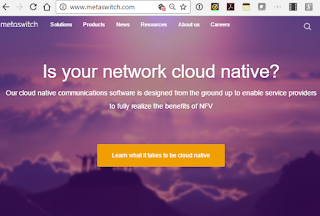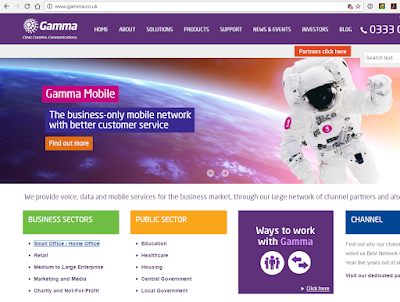AT&T will move thousands of its large scale internal databases to Oracle’s Cloud Infrastructure as a Service (IaaS) and Platform as a Service (PaaS).
Under the agreement, AT&T will migrate thousands of existing Oracle databases containing petabytes of data plus their associated applications workloads to Oracle Cloud. AT&T will have global access to Oracle’s cloud portfolio offerings both in the public cloud and on AT&T’s Integrated Cloud. This includes Oracle’s IaaS, PaaS, Database-as-a-Service (DBaaS), and Software-as-a-Service (SaaS).
 “This is an historic agreement,” said Mark Hurd, CEO, Oracle. “The Oracle Cloud will enable AT&T to use Oracle technology more efficiently across every layer of the technology stack. This includes AT&T’s massive redeployment of Oracle Databases, which will be provisioned entirely from the Oracle Cloud Platform including our highly cost effective Exadata as a Service.”
“This is an historic agreement,” said Mark Hurd, CEO, Oracle. “The Oracle Cloud will enable AT&T to use Oracle technology more efficiently across every layer of the technology stack. This includes AT&T’s massive redeployment of Oracle Databases, which will be provisioned entirely from the Oracle Cloud Platform including our highly cost effective Exadata as a Service.”
The companies noted that AT&T has led the industry when it comes to virtualizing and software-controlling the wide area network. The company’s goal is to virtualize 75% of its core network functions by 2020, hitting 55% by the end of 2017.
“We believe that the future of the network is to be data-powered, to be software-centric, and to be fast and responsive,” said John Donovan, chief strategy officer and group president of AT&T Technology and Operations. “We call this three-pronged approach AT&T Network 3.0 Indigo, and it’s all about enabling a seamless and intuitive network experience for our customers. This collaboration with Oracle accelerates our network transformation and migration to the cloud to expand efficiency, performance, and reduce cost while improving overall customer service.”
https://www.oracle.com/corporate/pressrelease/oracle-and-att-050417.html
Under the agreement, AT&T will migrate thousands of existing Oracle databases containing petabytes of data plus their associated applications workloads to Oracle Cloud. AT&T will have global access to Oracle’s cloud portfolio offerings both in the public cloud and on AT&T’s Integrated Cloud. This includes Oracle’s IaaS, PaaS, Database-as-a-Service (DBaaS), and Software-as-a-Service (SaaS).
 “This is an historic agreement,” said Mark Hurd, CEO, Oracle. “The Oracle Cloud will enable AT&T to use Oracle technology more efficiently across every layer of the technology stack. This includes AT&T’s massive redeployment of Oracle Databases, which will be provisioned entirely from the Oracle Cloud Platform including our highly cost effective Exadata as a Service.”
“This is an historic agreement,” said Mark Hurd, CEO, Oracle. “The Oracle Cloud will enable AT&T to use Oracle technology more efficiently across every layer of the technology stack. This includes AT&T’s massive redeployment of Oracle Databases, which will be provisioned entirely from the Oracle Cloud Platform including our highly cost effective Exadata as a Service.”The companies noted that AT&T has led the industry when it comes to virtualizing and software-controlling the wide area network. The company’s goal is to virtualize 75% of its core network functions by 2020, hitting 55% by the end of 2017.
“We believe that the future of the network is to be data-powered, to be software-centric, and to be fast and responsive,” said John Donovan, chief strategy officer and group president of AT&T Technology and Operations. “We call this three-pronged approach AT&T Network 3.0 Indigo, and it’s all about enabling a seamless and intuitive network experience for our customers. This collaboration with Oracle accelerates our network transformation and migration to the cloud to expand efficiency, performance, and reduce cost while improving overall customer service.”
https://www.oracle.com/corporate/pressrelease/oracle-and-att-050417.html

















